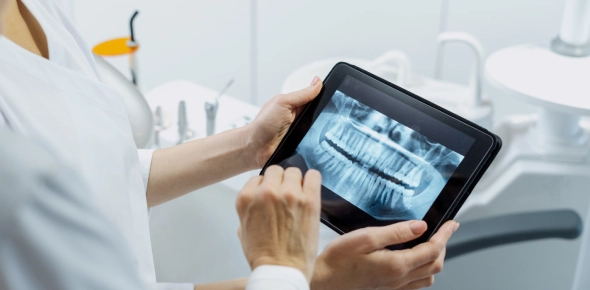Dental Radiology Practice Test: Quiz With Questions & Answers
- ADA
- ARRT
2.
You may optionally provide this to label your report, leaderboard, or certificate.
×
Thank you for your feedback!
















